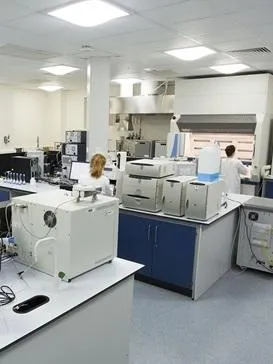BRIDGE THE GAP
between Academics & Real World Product Development of Consumer Goods For Early Career STEM Engineers Who Lack Polymer Breadth
CLICK LINK BELOW FOR ACCESS TO OUR FREE BONUS VIDEO:
JOIN OUR INSTRUCTORS AS THEY SHOW YOU HOW TO INCREASE YOUR VALUE IN THE WORKFORCE
HERE's What You need to know in order to increase your value in the workforce:
Materials

Processing

Design

Testing

WATCH EPISODEs HERE:
EPISODE #1:
Materials
EPISODE #2:
Processing
EPISODE #3:
Design
EPISODE #4:
Testing
Materials
By Materials, we mean moldable polymeric materials used by industry to make consumer goods. With Materials we know Plastics and Thermoset Plastics are rigid polymers that compete, and Elastomers and Thermoplastic Elastomers (TPEs) are flexible polymers that compete. Therefore, we cover the similarities and differences of Plastics, Elastomers, TPEs, and Thermoset Plastics using the monomers Styrene, Ethylene, Propylene, Ester, Amide, and Urethane, since they create significant volumes of moldable polymers.
Processing
By Processing, we mean the processes used to make parts. For Thermoplastics, we coverInjection Molding, Extrusion, Blow Molding (3 kinds), Thermoforming, Rotational Molding, andAdditive Manufacturing. Equipment, process steps, part examples, and insights into the bigadvantages and weaknesses of each process. For Thermosets, Compression Molding, TransferMolding, Injection Molding, and Liquid Injection Molding, again covering equipment, process
steps, part examples, and process advantages and disadvantages.
Design
By Design, we mean those aspects of the part design that are unique to the process. Each one of these processes works well with certain designs and that’s what we will illuminate, like how to optimize a part design for injection molding, the part design details, the tooling design details, even how to learn the most from simulation of the process, where I cut my teeth in my early career.
Testing
By Testing, we mean the useful laboratory characterization tests which are rigid polymer centric like Modulus, Impact Testing and more, and the flexible polymer centric tests like Hardness, Compression Set Resistance and more. We also cover various analytical techniques including FTIR which identifies polymer based on chemical structure. TGA, in which a temperature sweep quantifies polymer composition and DSC, in which a temperature sweep identifies polymer transitions like Tg, crystallization, and melting.

